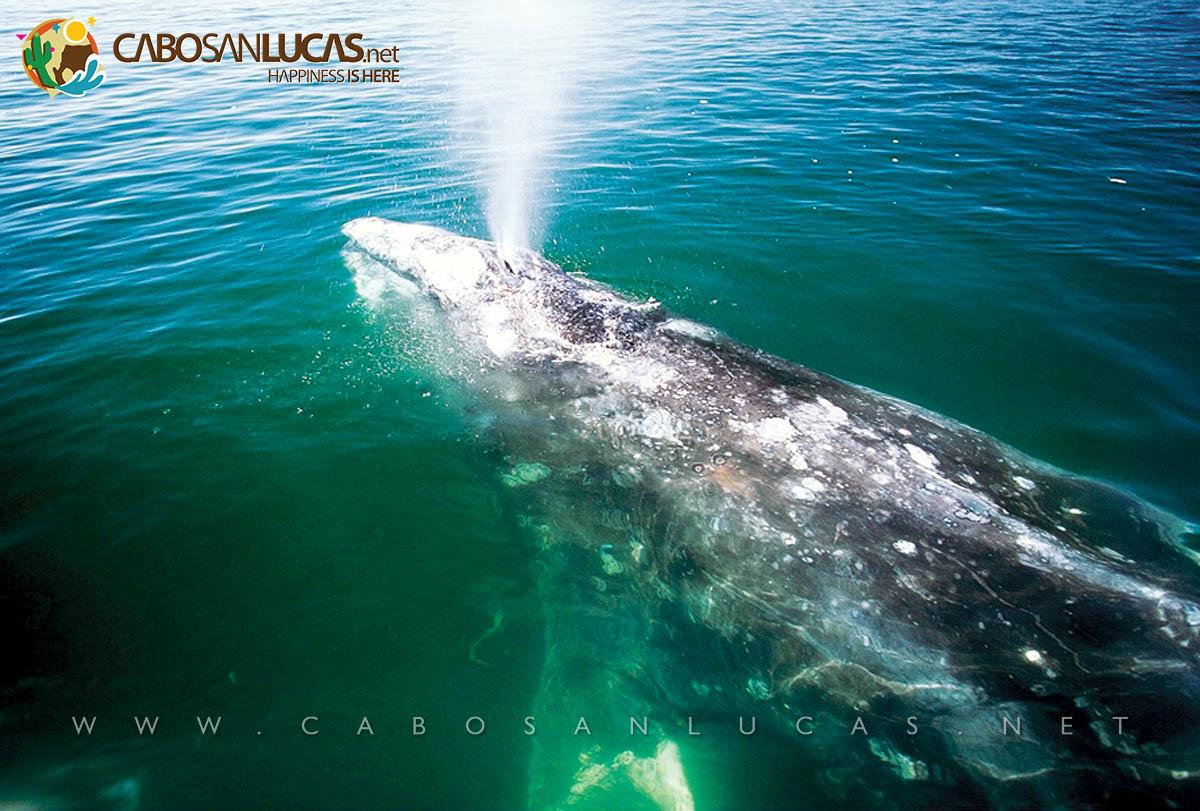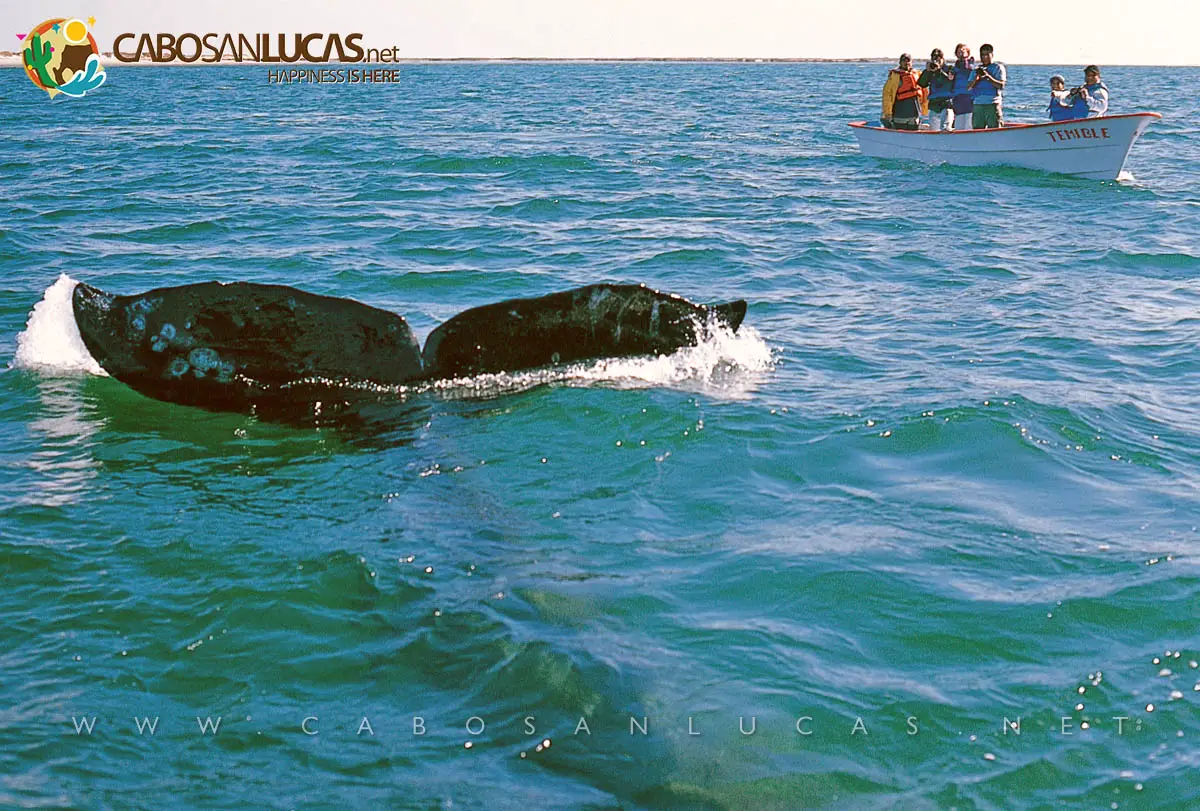The Magical rites of the Gray Whale
Every year thousands of gray whales migrate up to 12,400 miles from the Arctic waters of the Bering and Chukchi seas, near Alaska, to the warm waters of the western coast of the peninsula of Baja California Sur, in order to reproduce and raise their young. This natural spectacle is one of the most fascinating that can be witnessed anywhere in the world.

In the 1970s, the Mexican government set aside the Ojo de Liebre Lagoon (in 1972) and the San Ignacio Lagoon (in 1979) as protected areas. This protection has brought the species back from the brink of extinction. The current gray whale population is estimated at 21 thousand individuals, most of which are proud “Baja Californian” by birth.
These enormous mammals are actually black, but at a distance, they appear to be gray, because of the barnacles and other opportunistic sea organisms that cling to their skin. The gray whales reproduce every other year— they mate one year and give birth the next. Adults can measure up to 50 feet in length and weigh as much as 30 tons. Baby whales are born 13 to 16 feet long and weigh 1650 pounds.
Gray whales feed on plankton, amphipods and small crustaceans; instead of teeth, they have flexible baleen plates that strain seawater, thereby trapping their food. They swim by means of flippers and lack a dorsal fin. The females of this species have a strong maternal instinct and maintain a close, nurturing relationship with their offspring.
Encounter With Gray Whales
From January to March whale watching is possible, gray whales in the waters of the Ojo de Liebre, Guerrero Negro, San Ignacio, San Carlos and López Mateos Lagoons, all of which are marine life sanctuaries in this region of the peninsula.

A visit to any of these lagoons is an experience you will remember for the rest of your life. The trip begins on the dock, where a group of 8 or 10 passengers board the boat that will take them to the waters where these impressive creatures spend their winters. Their enormous size would seem to make them capable of destroying the boat with a single blow from their tail, but fortunately, that is only the stuff of imagination. These whales are peaceful and friendly by nature and devote themselves to feeding and swimming.
Visitors can watch them jump, splash and frolic among themselves, often in the company of playful dolphins. Little by little they approach the boat until the whale watchers can actually touch them and scratch their back, an intimate encounter in which the whales seem to thank the humans for saving them from extinction.
Over the years the adult whales appear to have established a close relationship of alliance and communication with the local boatmen— they approach the boats and play very close to them, which makes the work easier for the tour guides and leaves the visitors awestruck at the proximity of these magnificent creatures.
Important Information
Gray whales are a protected species and we should all do what we can to promote their conservation. This includes a few simple rules during the whale watching tours:
- Do not interfere with the behavior of the whales
- Do not feed them or throw trash or any other object into the water, and
- Do not pressure the tour guides to get closer than the regulations allow.
Author: M. A. Gallardo



Leave A Comment